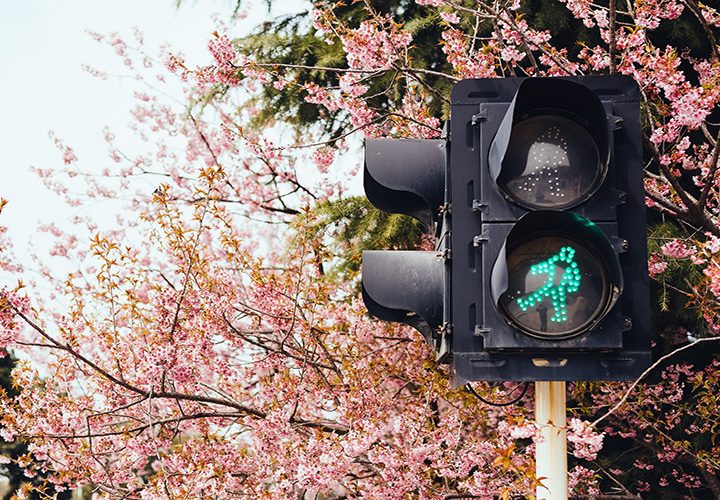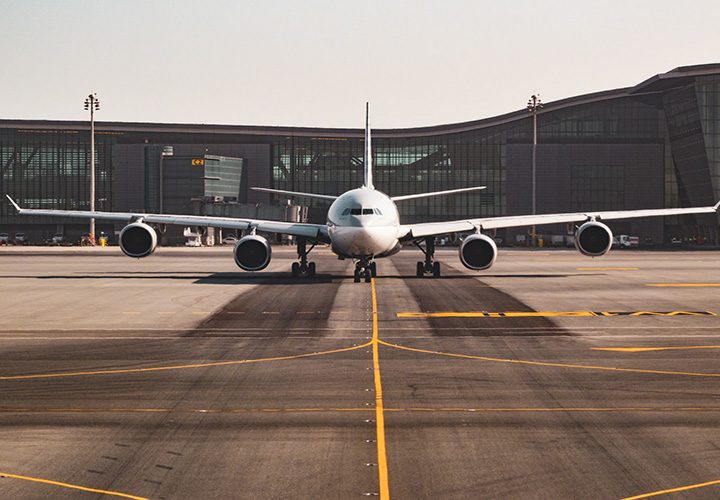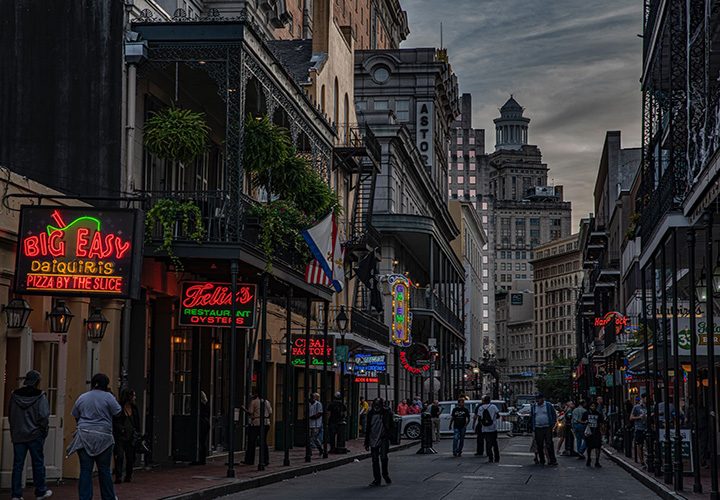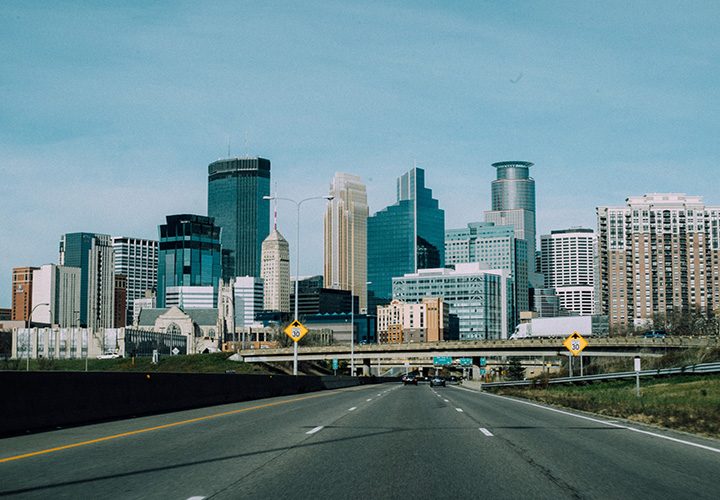Florence
Florence, capital of Italy’s Tuscany region, is home to many masterpieces of Renaissance art and architecture. Florence plays an important role in Italian fashion and is ranked in the top 15 fashion capitals of the world by Global Language Monitor.

Details
Before visiting any town or city make sure you know the basics. General details and important information.
- Emergency Services: 113
- Language: Italian
- Currency: Euro
- Country Code: IT
- Travel Visa: None required
- Population: 357,318
Risk Level
Researching various official sources, we perceive the risk to holiday makers and travellers are as follows;
Travellers Tips
Top travel advice and interesting tip bits of information from experienced travellers.
Emergencies
For the Emergency services just dial 113 from any phone.
The dispatcher/operator may or may not speak English.
Hospitals
Click the text below to visit their website.
Tourist Offices
Click the text below to visit their website.
Travelling Around
The best way to get around Florence is by foot. In fact, you can walk from one end of the city to the other in about 30 minutes, passing many recognisable sites along the way. Hopping aboard an ATAF bus is another option.
Airports
Click the text below to visit their website.
Train Stations
Click the text below to visit their website.
Firenze Campo di Marte Railway Station
Florence Safety
Where can I keep up with the local news?
Are there any areas I should take extra care?
Overall, Florence is a fairly safe city. Perhaps the only problems to be aware of is opportunists whom hang around in the highly concentrated tourist areas, such as The Duomo and Santa Maria Novella.
When visiting Santa Maria Novella it is advised to stay between the Church/Museum and the river. Whilst the neighbourhood on the western edge of the Centro Storico and the south area of Santa Maria Novella is pleasant with magnificent views and buildings, the zone around the train station is run-down and less amiable. Please be careful if in and around this area, especially after dark. Do not travel alone but instead stay in groups if you are using the train station late at night.
What are the top safety tips?
In Florence it is an offence to eat or drink in the vicinity of churches and public buildings, this is seen as disrespectful to the religious who pray in the amazing buildings of worship.
Violent crimes in Italy are very low and like most cities, tourists find Florence a safe destination. The majority of streets are safe to walk at any time of day but please – as with any city – at night stick to areas where there are more people.
When withdrawing cash from ATM try to go inside the bank. Beware of withdrawing cash from cash points on pedestrian walkways. Try to withdraw small sums and don’t flash your cash around even in the bank.
What are the common crimes?
Credit Card Fraud
Credit card fraud, cloning cards can be an issue be careful where you use your cards. Also if you are withdrawing money from cash machines make sure you cover your pin and be discreet about the amount of cash you withdraw.
Opportunists
Take care with personal belongings at all times as smaller crimes such as pick pocketing is quite common. Be aware of this in crowded tourist areas where opportunists mostly hang around. Drug use is another common crime in Florence, please also be cautious of this.
Improve Your Personal Safety
Knowledge – the more you have the better equipped you are.
Awareness – the more you see the safer you become.
Response – the right reaction can change a situation.
Annual Events
Annual events allow a city come together for some amazing experiences. If visiting at this time, make sure you have your accommodation booked and are always aware of your surroundings when travelling around.
Events
Epiphany
The legal holiday in Italy, the Epiphany, commemorates the arrival of the three kings who arrived in Bethlehem. It also marks La Befance which is Italy’s traditional day of gift giving. The Befana is the Italian Santa Claus; she is an old witch-like lady who knows whether children have behaved or not. On the night of the 5th of January she leaves presents for the good and coal for the naughty!
Carnevale
This Italian carnival is a local tradition celebrated with a festive parade of floats through the city. The city expresses their joy of the ethnic diversity of Italy with entertainment such as a puppet dragon, colourfully, Renaissance dressed characters and musicians, riders on horseback, bands and dancers. The grand parade is a vibrant and bustling experience where you can discover a diverse range of world cultures.
Florentine New Year
Florentine’s New Year takes place on the feast of the Annunciation (Gabriel’s visit to Mary). The tradition has taken place since 1250 when the people of Florence congregated in the SS Annunziata to welcome the arrival of spring as well as commemorate the Annunciation. Today, the New Year celebrations begin at the Palazzo Vecchio with a morning parade where the streets fill with medieval dress and music. It then continues at the Piazza SS Annunziata where Florentines and tourists (you!) can feast upon great Italian food. There is an outdoor market (9am – 5pm), an evening concert (9pm) and frescoes of the Annunciation featured in the church, all to be enjoyed.
Florence Dance Festival – Estate Fiesolana
From June through to the end of July the Teatro Roamno in Fiesole is the host of the annual Florence Dance Festival. It is an unmissable event of music, poetry and cinema. Just think what an amazing experience it would be to see a concert in a Roman amphitheatre!
Florence Highlights
Are there any galleries and museums to visit?
A trip to Florence would not be complete without visiting the Uffizi Gallery. It is one of the most famous museums in the world due to its outstanding and breath-taking artworks and masterpieces, which are all conserved within its walls. Botticelli, Giotto, Cimabue, Michelangelo, Leonardo da Vinci and Raffaello are among the most famous great Italian artists whose work the gallery hosts. Most of the collections date back to periods between the 12th and 17th century but you will find pieces that date back even further
The Bargello National Museum, located in the Palazzo del Bargello, hosts a significant collection of Renaissance sculpture and works of art. The building, in 1255, was the headquarters of the Capitano del Popolo and later of the Pedesta and Council of Justice. By 1574 it was the home of the Captain of Justice and was being used as a prison.
What are the top places to visit?
This Roman Catholic Church is the burial place for the great and good in Florence. Famous people such as Michelangelo, Rossini, Machiavelli and the Pisan (born Galileo Galilei) are buried in Santa Croce. Although his sarcophagus is empty, there is also a memorial to Dante. This impressive building dates back to 1294 but the church exterior is covered with a polychrome marble facade which was only added in 1863, whom English benefactor, Sir Francis Sloane, paid for. The basilica overlooks onto the Piazza Santa Croce, which is the site of the annual soccer game played in medieval costume!
The Church of Santa Maria Novella & Museum
The Church of Santa Maria Novella is one of the most important Gothic churches in Tuscany in terms of architecture. It most definitely should be on your list of things to see in Florence! The beautiful and breath-taking exterior is the work of Fra Jacopo Talenti and Leon Battista Alberti whilst the interior holds amazing works of art from several different people. Some of these include: Masaccio’s Trinità, Ghirlandaio’s fresco cycle in the Tornabuoni Chapel and Giotto’s Crucifix. The exquisite art work and notable architecture is not to be missed!
The Medici Villa della Petraia in Florence
The Medici Villa of Petraia is a beautifully artistic country residence in the outskirts of Florence. Accompanied with beautiful views of its rich and scenic Italian gardens, from its position you can also see the valley where the famous Renaissance city is located. The families which have occupied this residence have ranged from the Brunelleschi family, Palla Strozzi and the Salutati family.
What are the highlight attractions?
The Ponte Vecchio was the only bridge across the Arno in Florence during World War II that the escaping Germans did not destroy. Instead, they destroyed the medieval buildings on each side to block the bridges access. In November 1966 Arno burst its banks, as it did many many years ago, but the bridge incredibly was able to withstand a tremendous amount of water and is still standing today!
The Palazzo Pitti and Boboli Gardens
The vast Palazzo Pitti – a mainly Renaissance period palace – is one of Florence’s largest architectural monuments. Designed by Filippo Brunelleschi the original Palazzo was built for the Pitti family in 1457. Over time the residence was sold to the Medicis becoming the main home of the grand ducal family. The palace was then enlarged and altered to become the vast building it is today by the designer Bartolomeo Ammannati. The Boboli Gardens are situated behind the Pitti Palace and holds a collection of sculptures and some Roman antiques.
This magnificent cathedral stands elevated over the city of Florence with its Renaissance dome soaring through the skyline. This great gothic structure is built on the site of the 7th century church of Santa Reparata (that is more than 13 centuries ago!), whose remains can still be seen in the crypt! Towards the end of the 13th century was when Arnolfo di Cambio began building The Duomo, but it wasn’t until the 15th century that the dome, which dominates the exterior of the cathedral, was added, based on a design by Filippo Brunelleschi.





